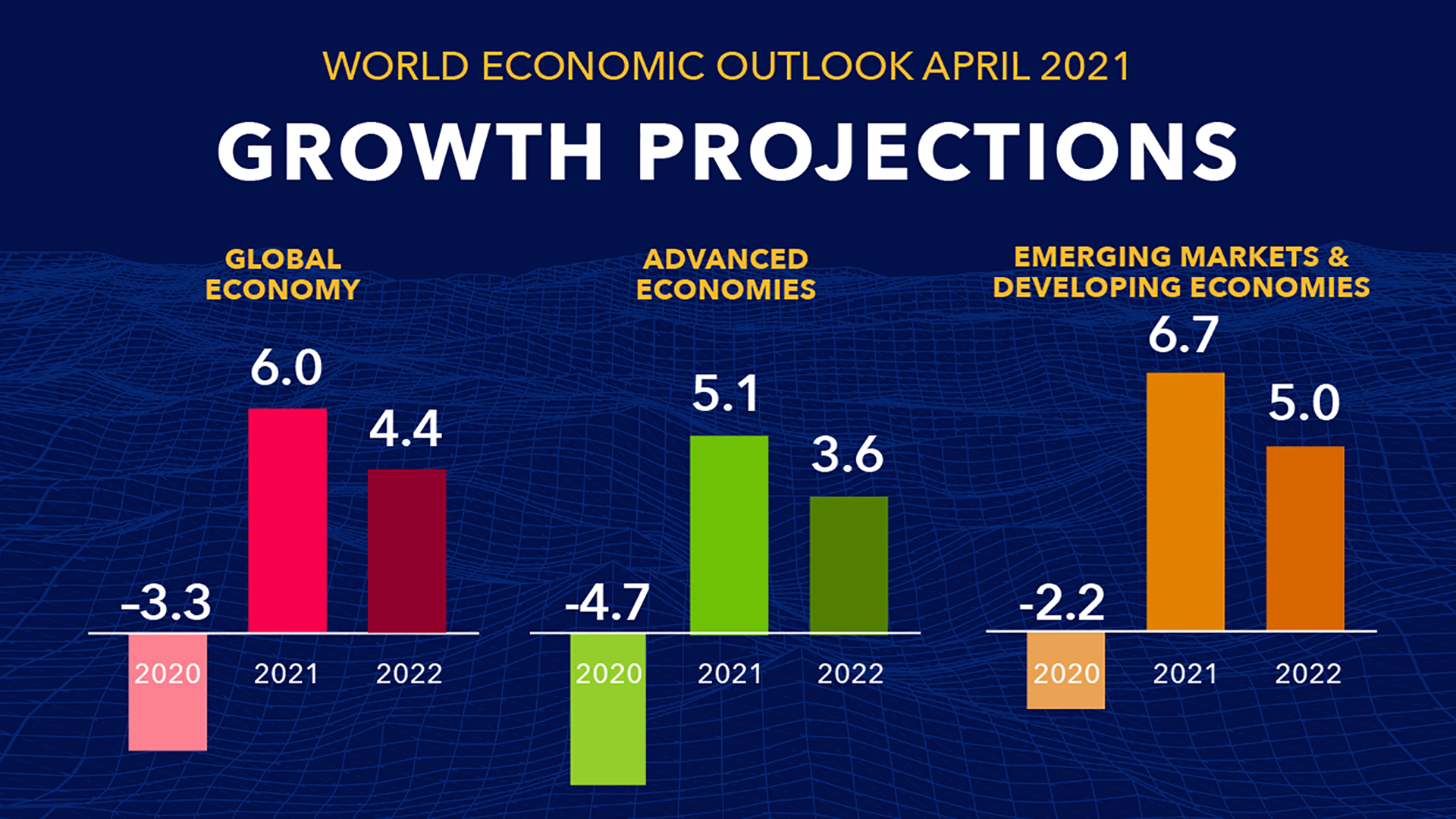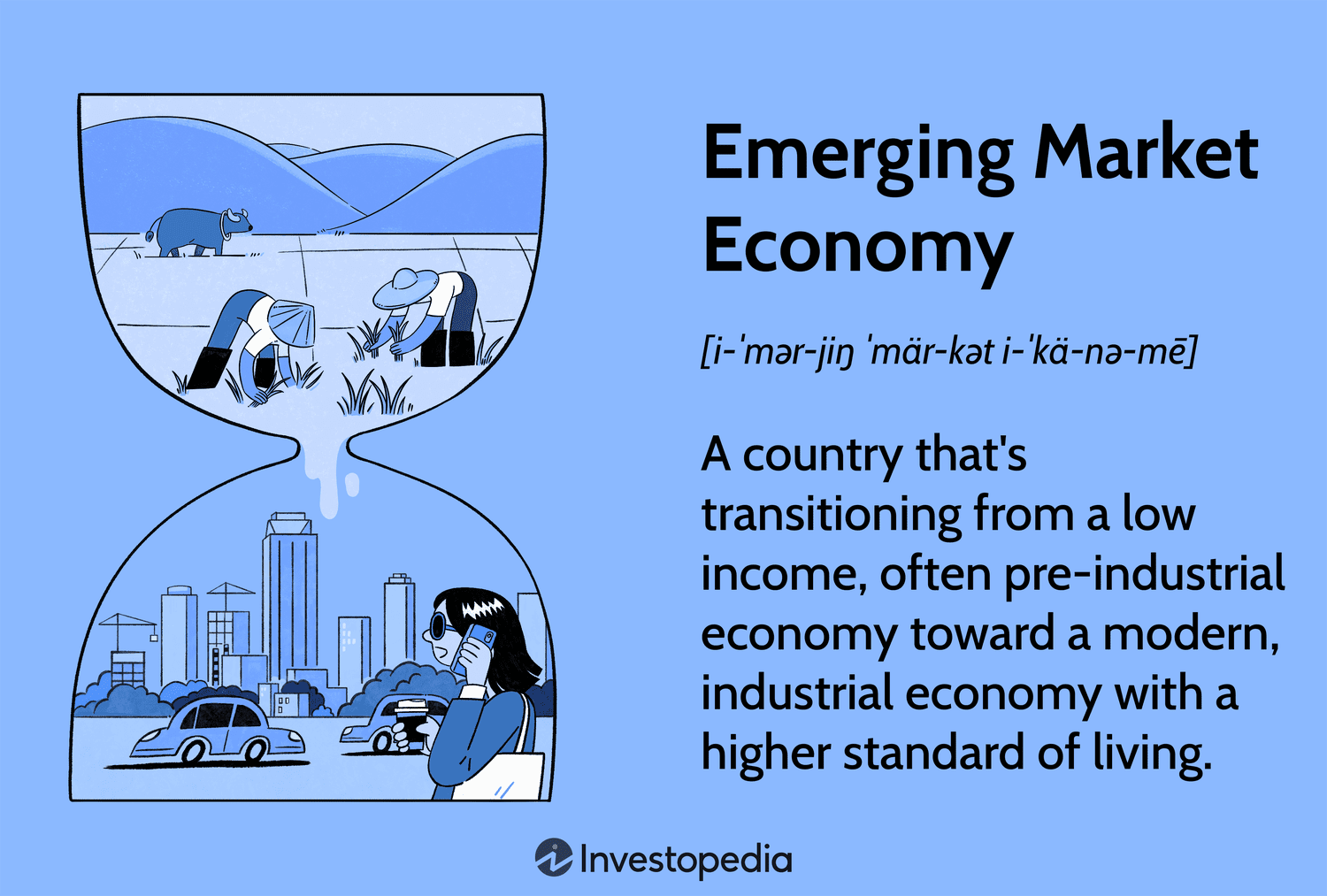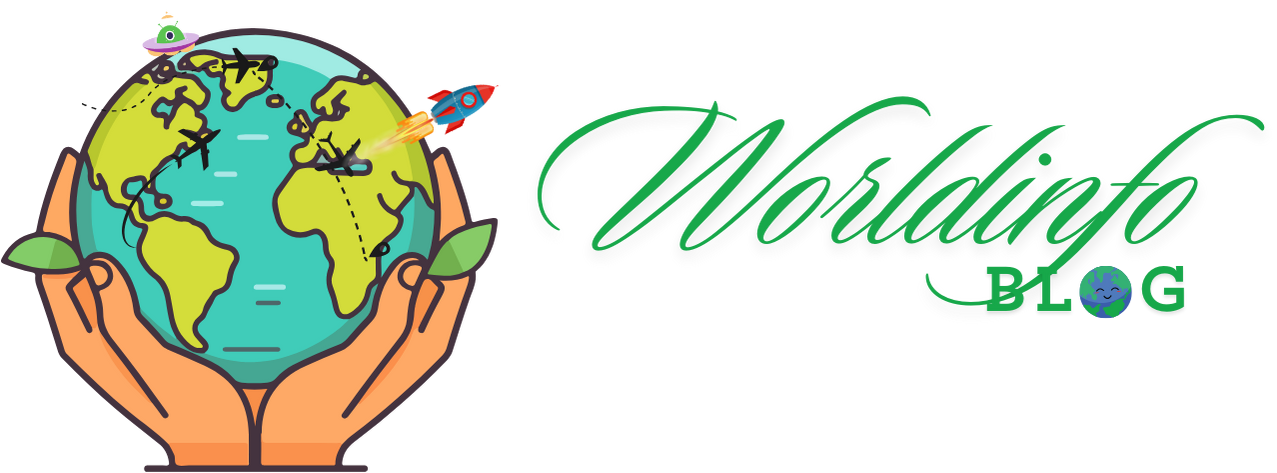
Emerging markets have always played a crucial role in the global economy, often acting as the engines of growth and development. The July 2024 World Economic Outlook (WEO) provides valuable insights into the current state and future projections of these markets. This article delves into the key takeaways from the report, highlighting the significant trends, challenges, and opportunities that define the dynamics of emerging markets today.
1. Growth Projections and Economic Performance
The WEO report underscores that emerging markets are projected to experience a moderate growth rate of 4.5% in 2024, slightly higher than the global average. This growth is driven by strong performances in Asia and Sub-Saharan Africa, where countries are capitalizing on technological advancements and robust domestic demand. However, the report also notes a slowdown in growth in Latin America and parts of Eastern Europe due to political instability and economic reforms that have yet to yield positive results.
2. Inflation and Monetary Policies
Inflation remains a significant concern for many emerging markets, with the average inflation rate expected to hover around 7% in 2024. Central banks in these regions are navigating a delicate balance between controlling inflation and supporting growth. The WEO highlights that several countries have adopted tighter monetary policies, increasing interest rates to curb inflationary pressures. Nonetheless, inflation control measures are complicated by external factors such as fluctuating commodity prices and geopolitical tensions.
3. Trade and Investment Flows
Trade dynamics are evolving, with emerging markets increasingly looking to diversify their trade partners and reduce dependence on traditional Western markets. The report points out a growing trend of South-South trade, particularly among Asian and African nations. Foreign direct investment (FDI) is also shifting, with more investments flowing into technology, renewable energy, and infrastructure projects. This shift is indicative of a broader strategic move to build sustainable and resilient economies.
4. Technological Advancements and Digital Transformation
Technological innovation is a cornerstone of growth in emerging markets. The WEO report emphasizes the rapid adoption of digital technologies, which is enhancing productivity and creating new economic opportunities. Countries like India, China, and Nigeria are leading in fintech innovations, e-commerce, and digital services. However, the report also cautions about the digital divide, where some regions lag due to inadequate infrastructure and digital literacy.
5. Challenges of Climate Change and Sustainability
Climate change poses a significant risk to the economic stability of emerging markets. The WEO highlights the vulnerability of these regions to extreme weather events, which can disrupt agricultural output, displace populations, and strain public resources. In response, many countries are investing in sustainable practices and green technologies. The report cites Brazil and Indonesia as examples where policies are being implemented to balance economic growth with environmental conservation.
6. Political and Social Stability
Political stability remains a critical factor for economic performance. The WEO report notes that social unrest, corruption, and governance issues can undermine economic progress. Countries with stable political environments, such as those in Southeast Asia, tend to attract more investment and sustain higher growth rates. Conversely, regions experiencing political turmoil, like parts of the Middle East and Latin America, face economic uncertainties that deter investor confidence.
7. Human Capital Development
Investment in human capital is pivotal for long-term growth. The WEO emphasizes the importance of education and healthcare in building a skilled and healthy workforce. Emerging markets that prioritize human capital development, such as South Korea and Singapore, have shown remarkable economic resilience and innovation capacity. The report suggests that other countries should follow suit by increasing public expenditure on education and health services.
8. Global Economic Integration
Emerging markets are increasingly integrated into the global economy. The WEO report discusses the implications of this integration, noting both opportunities and risks. On one hand, globalization facilitates access to larger markets and advanced technologies. On the other hand, it exposes emerging economies to global economic shocks and competitive pressures. The report advocates for strategic policies that enhance integration while safeguarding against vulnerabilities.
Conclusion
The July 2024 World Economic Outlook offers a comprehensive analysis of the current state and future prospects of emerging markets. While these regions continue to be vital drivers of global growth, they face a myriad of challenges that require targeted policies and strategic investments. By focusing on technological innovation, sustainable practices, and human capital development, emerging markets can navigate the complexities of the global economy and achieve sustainable growth. The insights from the WEO report serve as a roadmap for policymakers, investors, and stakeholders aiming to capitalize on the dynamic opportunities within emerging markets

